Our first commitment in Evora was a visit to the Cartuxa winery for our prebooked tour. This had been a very off again/on again rescheduled event, but we turned up a little early and had our own personal tour.
We'd had a very leisurely departure from Sesimbra, around midday and so had the opportunity to stay up to date with the blogging. Our base there was great, very spacious outside with our courtyard, a perfect seaside stay.
We took the 'no tolls' route across country, not a financial decision, more let's get to see the countryside at a gentle pace rather than racing along a motorway.
We enjoyed the views of farms with what looked like Swiss Brown cows, Friesians, goats, cork trees and power poles topped by storks' nests. The breeding season has obviously gone well, there were little heads popping out of almost every nest. There was also the odd field of solar panels, but no wind farms in sight.
We eventually found Cartuxa, after daring to take a very narrow "looks like a farmtrack" road off a roundabout. That was a third time lucky event. Growing grapes for wine has been a thing here since before the Romans arrived about 60 BC. They grew the industry for exports back to Rome and also established open cast copper and iron mining. They used the local marble to build the finest of villas.
When the Moors got here around 800 AD vanquishing the Visigoths, they ripped out much of the grape vines and establihed wheat farms, culturally having little interest in the wine. Fortunately a few hardy souls continued to produce wine and 300 years later that all paid off as the Christians took over. It wasnt all plain sailing though,the Marques of Pombol decreed that the Alentejo region would be the breadbasket of Portugal and wanted grain to dominate in the 18 th century.
Cartuxa makes some lovely wines, we tasted just three after our tour.
Our favourite tipple was a 2019 Tinto made fromTrincadeira, Aragones and Alicante Bouchet. We bought a couple of bottles which hopefully will grace the table on our canal boat.
Our apartment this time has a front window and a door, the rest is back into the building. It opens diectly into a very narrow lane. Very comfortable but quite unlike the spread of Sesimbra.
We spent our next day in a drive around the castles in the region after an inspection of a collection of stones, Cromeleque dos Almendres, (cromleque means enclosure) which reputedly were the scene of some annual season opening celebrations of those thanking the sun gods for turning up yet again to make the crops grow. Not much is known of the details on how things were celebrated, but it is the largest megalith on the Iberian Peninsula. Faint patterns like circles are still evident on some of the stones.
The area was surrounded by cork trees and it was fascinating to check out the harvesting technique. It's hard not to feel sorry for the trees!
There were plenty of slick-moving lizards basking in the very dry, hot environment.
Then it was on to Arraiolos, hilltop castle number one for the day. We did a walk around the walls, and visited the small ruined castle inside the wall. The town has been around since about 400 BC and it's claim to fame is its carpets and rugs. Monday is not a good day to do this sort of stuff as much commercial and tourist activity seems to have the day off, including any evidence of carpets! Good views though.
This area is where marble is extensively mined. We passed piles of marble as we drove along and many of the buildings are made of marble especially in our next hilltop town, Estremoz. We drove in through the castle gate and over the drawbridge. Tourist office closed, church closed, but the views were open fortunately.There was a great view of the A6 snaking over the hills to nearby Spain. People here live in the small houses completely lining every street, no front yard or back yard. You do wonder a bit what everyone here actually does for a living.
This walled city had two claims to fame: a very devout Queen Dona Isabe,l who did charitable work with the sick and poor and was duly canonised in 1625, and a 27 metre high marble keep, the Tower of the three kings, with corner balconies from which boiling oil was poured on attackers: the last defensive line of the castle!
Our last hilltop town was Elvas. This was the star visit on the day literally and metaphorically.It is a UNESCO World Heritage site with star shaped city walls. Everything here is within the walls, and the town has a long history of successfully resisting Spanish designs on Portuguese territory. It was also Wellington's base during the Napoleonic Wars. It has a very significant aqueduct built in a mere hundred years from 1529. It was designed by Francisco de Arruda, the same architect who built the Belem Tower. The walk around this place showed a totally working community, with many churches, a school just off the square at the top of the hill. Parts of the old Moorish wall and fortifications remain.
For our final day here we did a "Rick Steve" guided walk; these have been a feature of all of our visits to Europe, and that took in all the highlights of Evora, which is again a very vibrant working example of the fortified hilltop towns.
The walk highlighted remnants of the old Roman walls and aqueduct, the old marketplace, the placa where the Inquisition was started in Portugal, the cathedral and the Chapel of Bones, with its grisly message; We bones in here wait for yours to join us. Apparently this was in part a seventeenth century space-saving plan, but also a reminder to the wealthy residents of Evora of the transience of life!
The cathedral tour included a steep climb up to the rooftop which gave us great views over Evora and the countryside. as well as closeup views of thecathedral's towers and belfries.
Inside, as well as a magnificent sixteenth century organ, still in working order, was a statue of a very pregnant Virgin Mary - the focus on fertility is strong in the Alentejo area.
The Roman Temple has featured in many important events, I recall the Three Tenors singing at it in a show I saw on television. It is remarkably well-preserved, probably because it was walled up in mediaeval times as a small fortress and then served as the town slaughterhouse. It was uncovered late in the nineteenth century.
As usual there were lots of interesting snippets: a shrine giving thanks for the town's escape from damage in the 1775 Earthquake, the Moorish gate into the city, thriving tourist shops, Roman wall remnants: certainly a great insight into a very historic city.
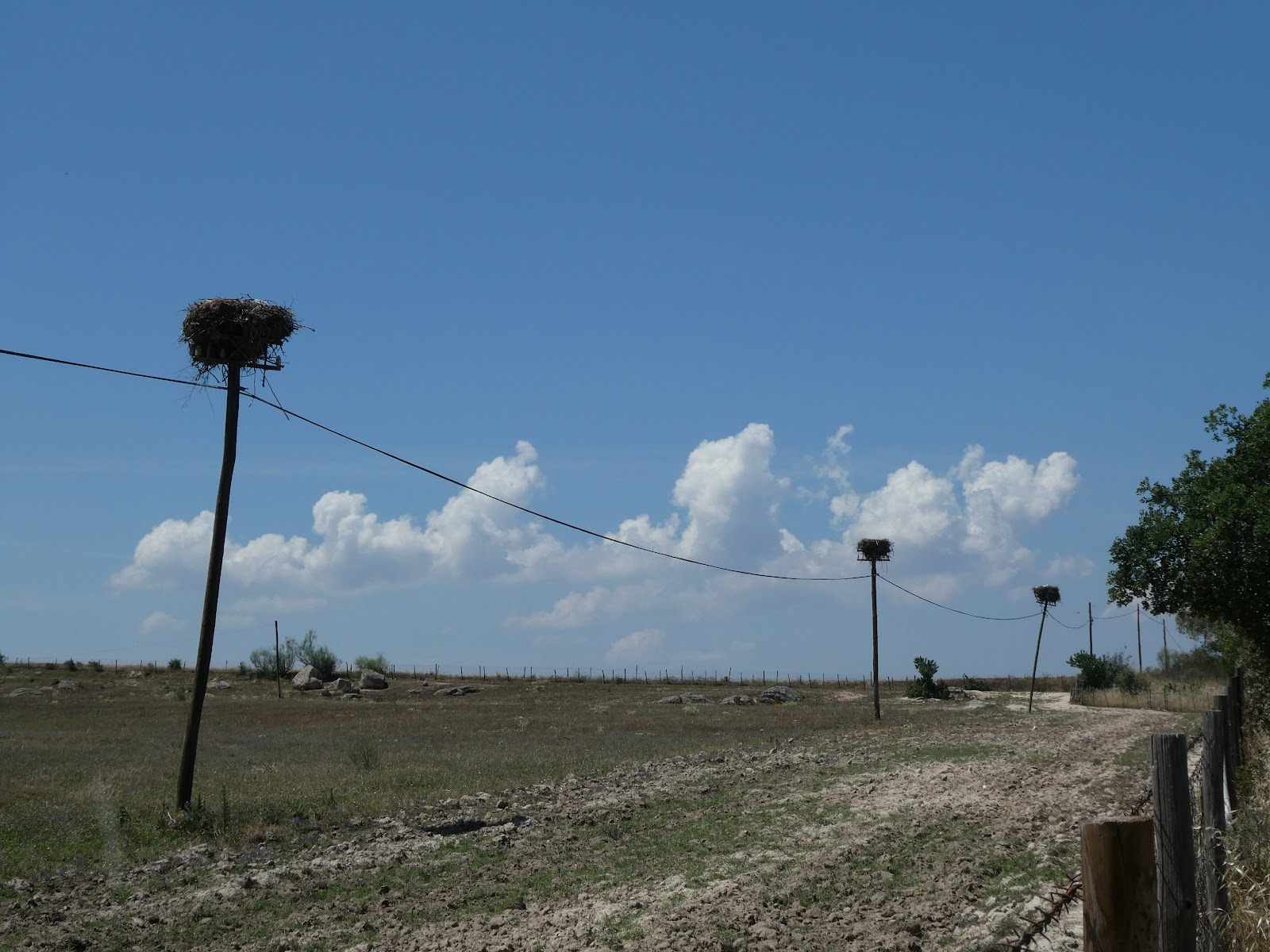






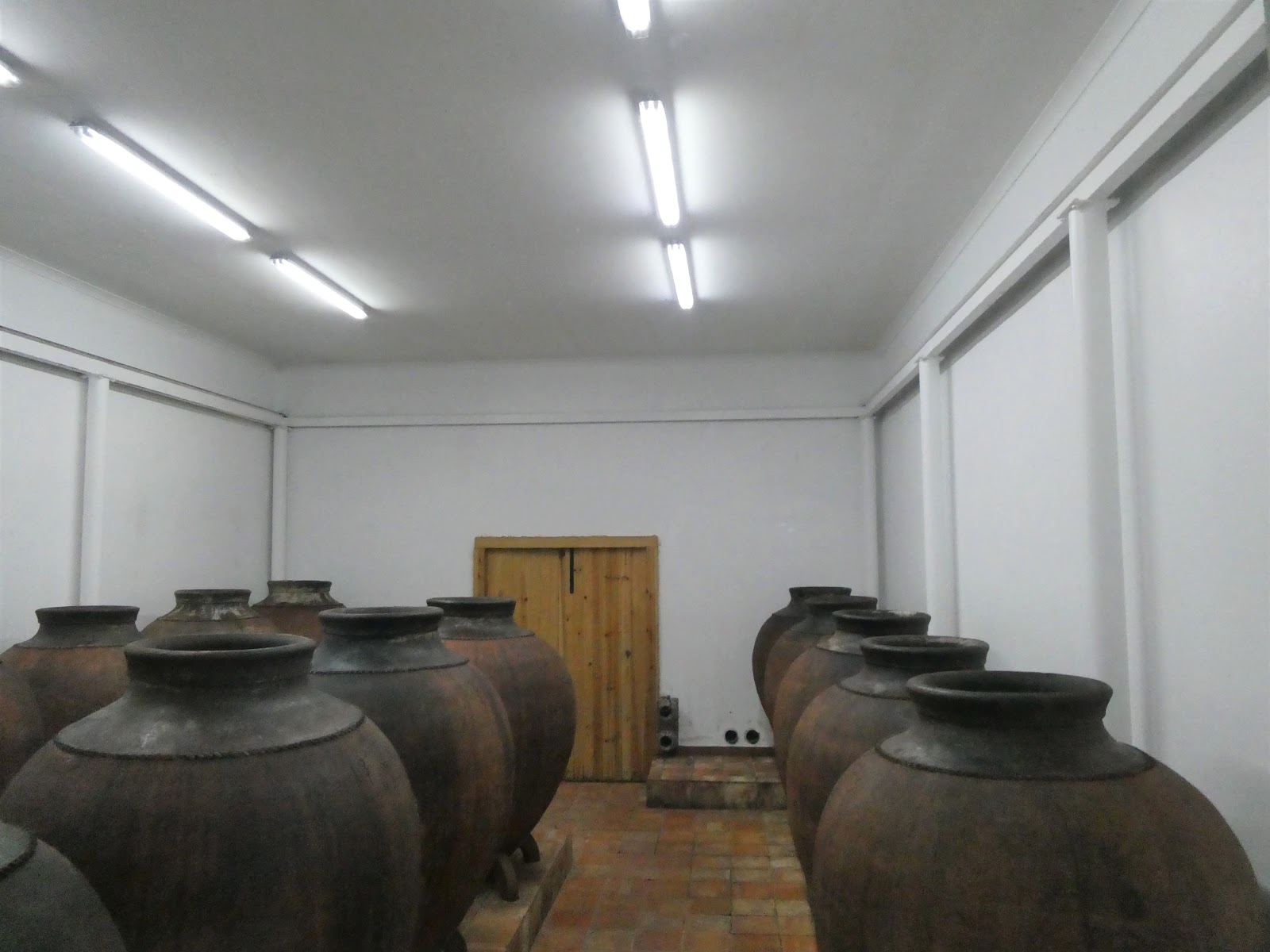

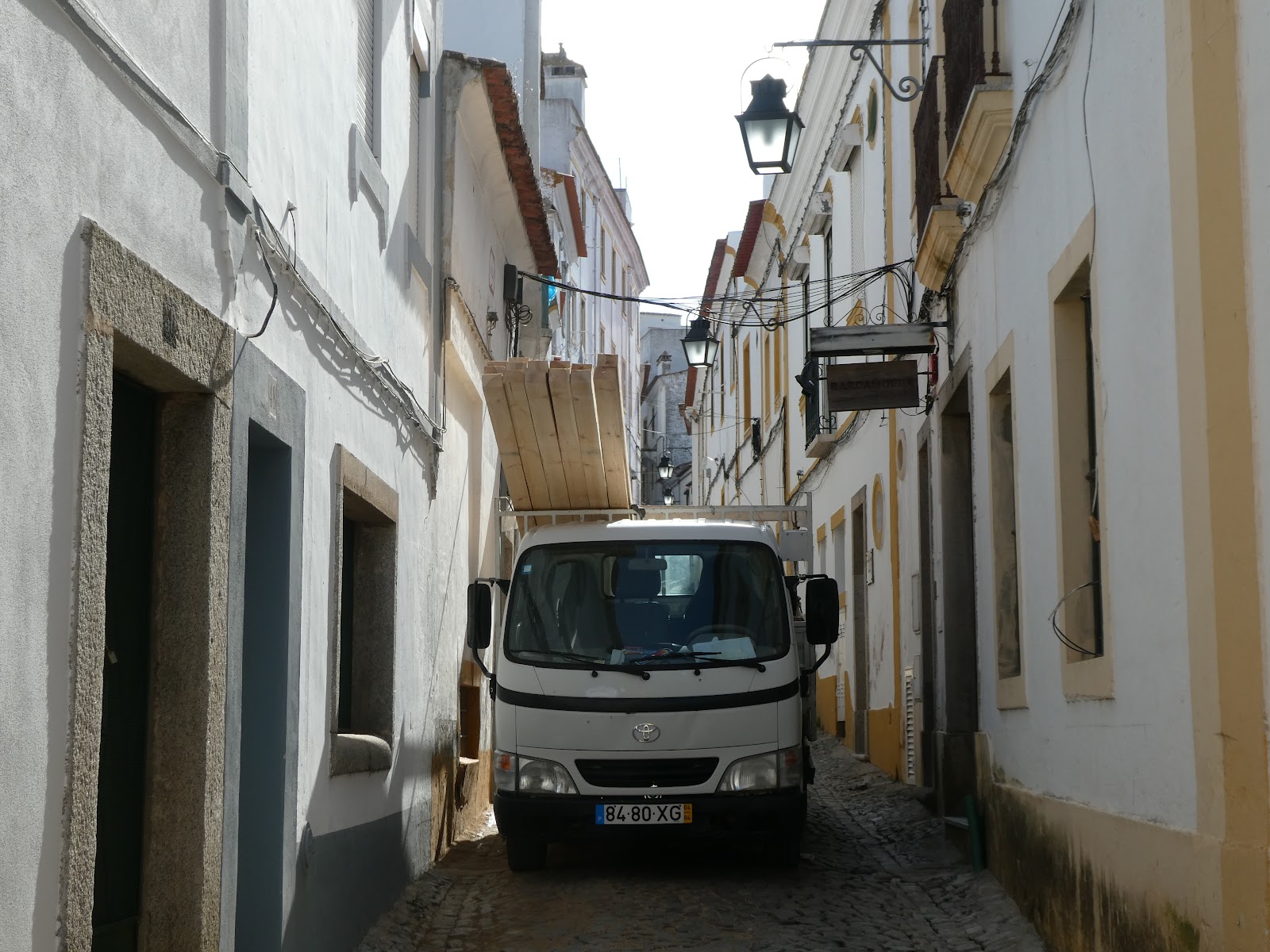




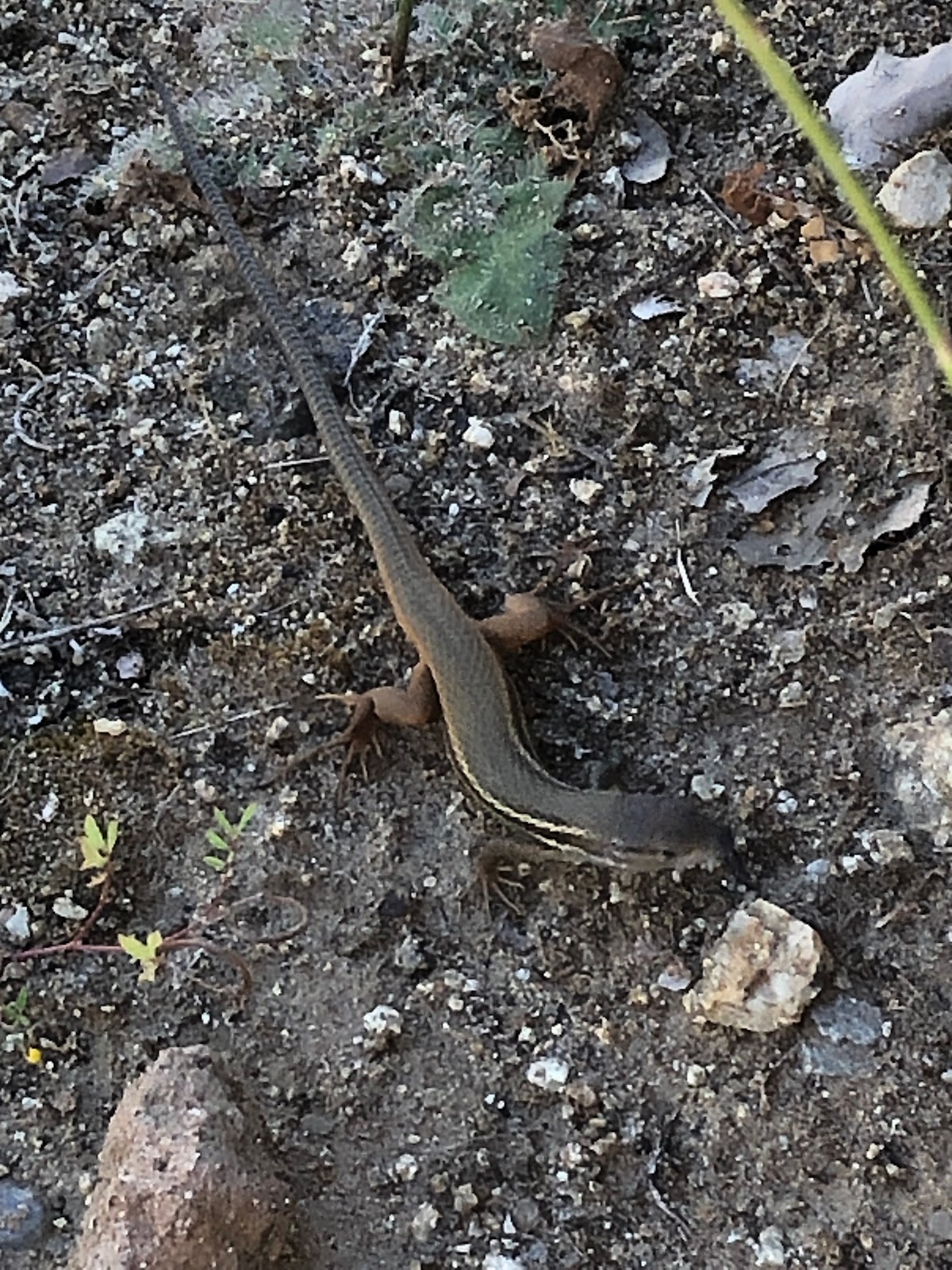














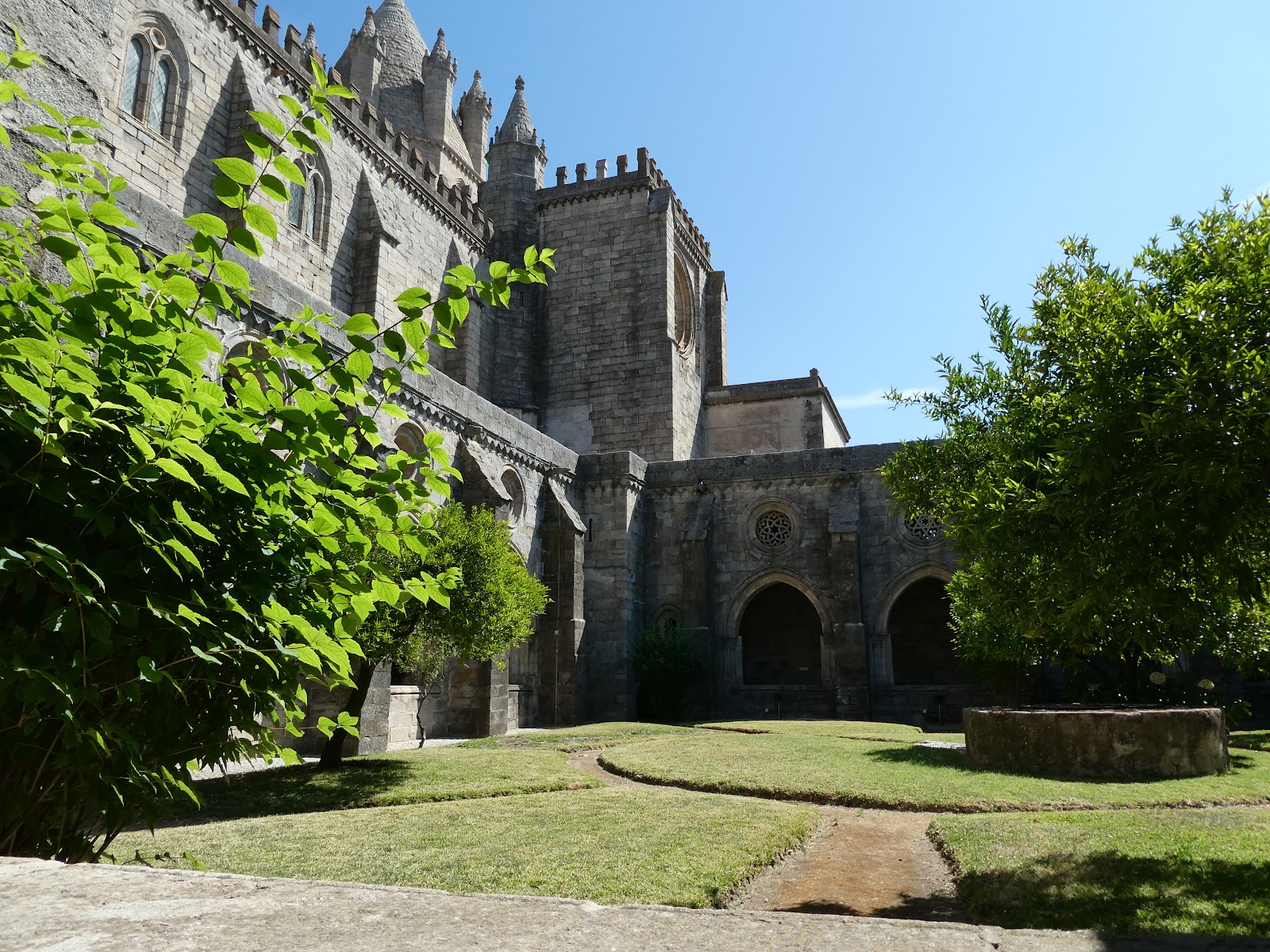







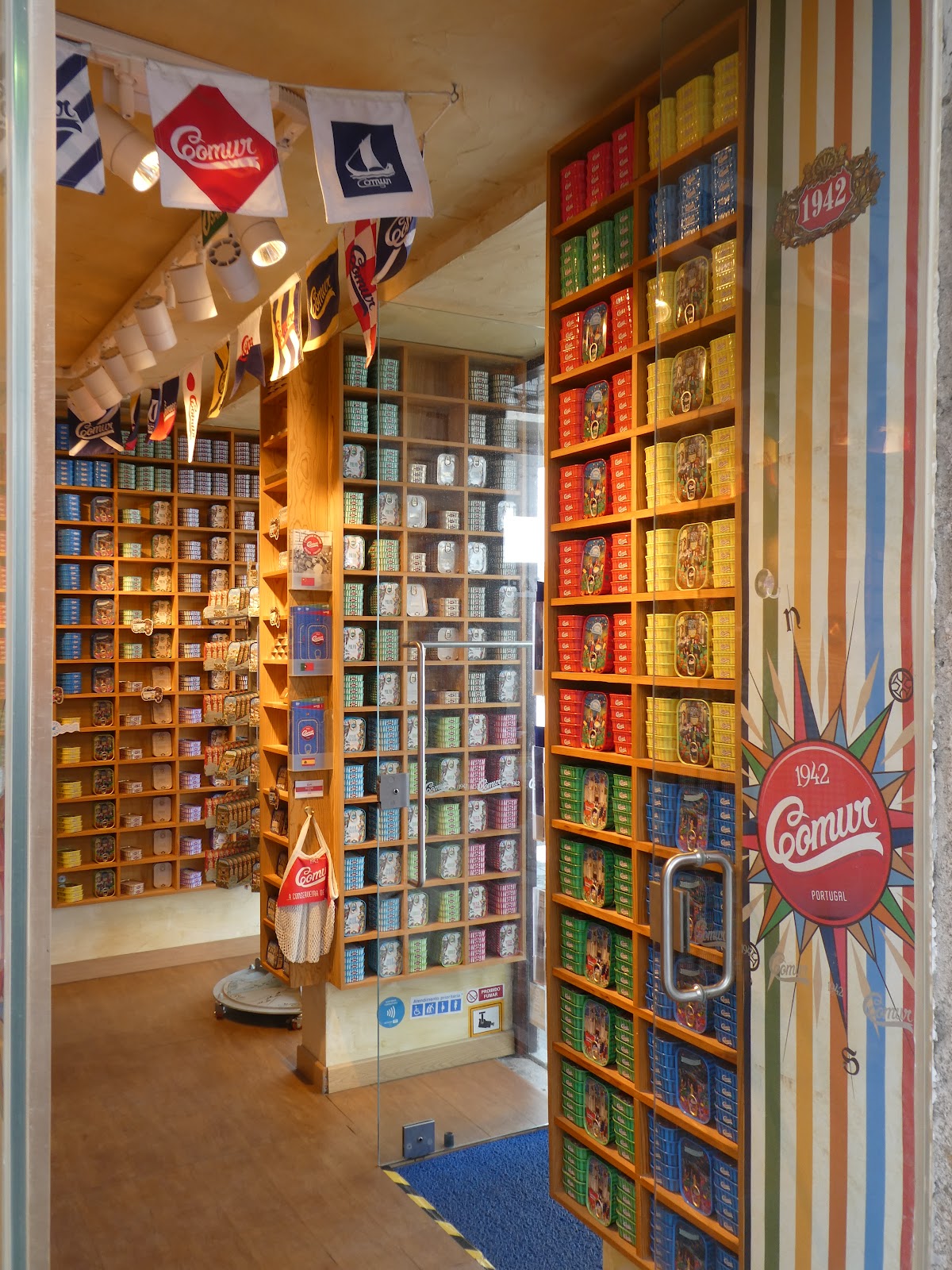




Wow a comprehensive tour you’re having there……you’ll be coming home for a rest 😂 Just kidding …….such fun exploring and having new experiences…..enjoy a!
ReplyDelete